Caring for and growing indoor peppers
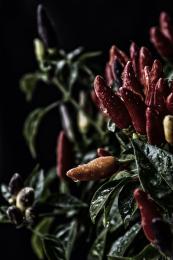
Caring for indoor peppers includes compliance with a number of certain conditions. But, in general, this process will not take you much time and effort.
Content:
Growing indoor peppers
Before planting, you need to prepare nutritious soil with the addition of compost and humus. In addition, it is desirable to have river sand, leaf soil and loose top peat. The seeds are sown scattered and then sprinkled with a small layer of sifted soil.

First shoots usually appear already on the 15th day. Be sure to pinch the tip of the shoot to prevent the plant from stretching. Concerning picks, then it is usually carried out 30 days after planting the seeds.
Indoor peppers, the care of which includes the application of organic fertilizers, need good lighting and regular feeding with a weak solution of mullein and chicken droppings.
Pepper blooms with small white flowers, which gives it a decorative, spectacular appearance. Do not forget also about abundant watering and loosening the soil.
Note that fruit set is carried out without artificial pollination. After harvesting, indoor pepper needs so-called rejuvenation. To do this, it must be transplanted into new soil without damaging the root system.
You can see how to increase your life expectancy and get the fruits of homemade peppers by May Here.
Varieties
The best representatives of peppers for the windowsill we can name the following varieties and hybrids - Constellation, Aladdin, Ryabinushka, Indian Summer, Ogonyok, Salute, Master, Treasure Island, Pupsik, Queen of Spades, Ukrainian Yellow, Bride, Superchili F1, Bell, Carmen, Curious. They even have delicious names, right?
Common mistakes in growing peppers
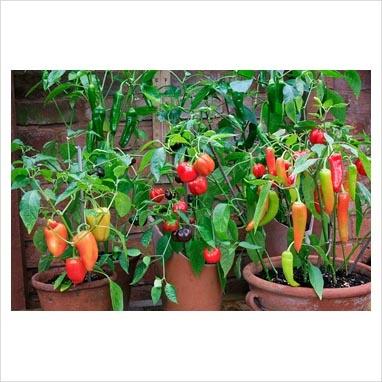
- Overwatering peppers, as well as watering them with cold water, can lead to rotting of the root system. Peppers are heat-loving plants; they need watering with settled water at room temperature. Well, if the pot is located in the area of the heating system and the lump of earth dries out quickly, then water them more often, perhaps even every other day. Under normal conditions - twice a week. It also wouldn’t hurt to install an open container of water near the heaters for evaporation.
- If you grow seedlings of peppers thickly and then pick them, do not even think about pinching the central root, as many people advise - peppers are very sensitive to such a procedure. Of course, the plant will not die, but it will take a very long time to recover from such execution and may not bloom.
- Often, when pests appear on peppers, the owners get scared and throw out the plant. Aphids and mites can appear in the summer from the garden or simply enter an open window, and can also come from other indoor plants. But this is absolutely not scary for peppers. He himself is the strongest repeller of sucking insects. Grind the hot peppers and add warm water. After a day, add grated soap, or better yet, “Green Soap.” Spray the plant three times.
- Peppers are also often attacked by spider mites. This is also a growing error that occurs in dry climates. It is enough to regularly spray the plant and increase the air humidity.If there are too many mites and emergency measures are needed, then use Fitoverm - it is of plant origin and safe for home use.
- After bringing plants into the house from a summer greenhouse or loggia, peppers often begin to shed their leaves. This is a sign of lack of light. If you do not install lighting and do not expect it to bloom in February, then the plant can be radically pruned. Cut the shoots by about a third and immediately stop abundant watering. But the soil in the pots should not be allowed to dry out; it should always remain slightly moist.
Useful properties and applications
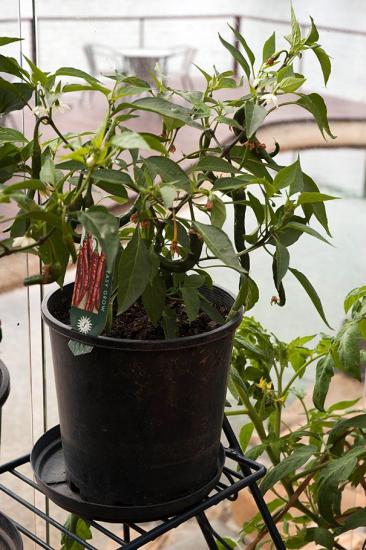
Indoor pepper, the photo of which allows you to imagine all the beauty of this plant, can be used to prepare all kinds of dishes. It is used to make a spicy sauce seasoning and is also added during canning. Hot pepper pods are an excellent way to increase appetite. It’s very tasty with hot borscht, fresh straight from the windowsill and to the table!
In addition, indoor pepper belongs to medicinal plants. From it you can prepare a healing tincture that helps with digestive disorders, radiculitis and neuralgia. If pepper tincture is used externally, burns must be avoided.
Contraindications for the use of hot peppers are diseases of the liver and pancreas. Be careful, excessive consumption of pepper can lead to dysfunction of these organs.
Peppers, as you can see, are a fairly popular crop for growing at home. Many interesting indoor varieties and hybrids have been bred. A fairly clear experience of amateurs has accumulated, which we have covered. We also analyzed typical mistakes in growing this crop.Pepper has many beneficial properties and is used as a remedy at home.

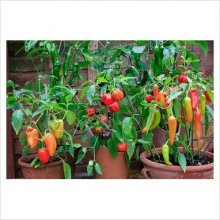
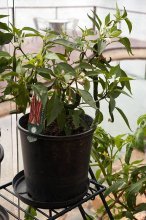
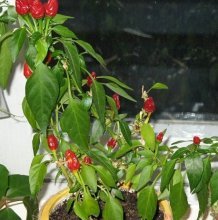
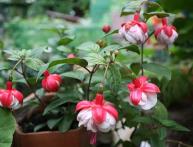

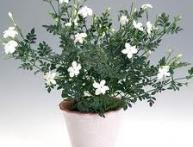
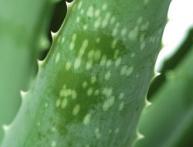
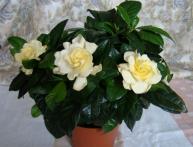
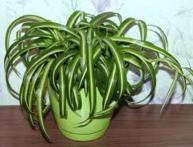
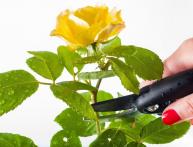
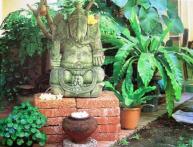
Comments
I’ve never tried to grow indoor peppers, but I’m probably in vain. Caring for it, as I see it, is not that difficult, but there are a lot of benefits from it!
I once lived in the North, in the Magadan region, and at home we grew not only peppers, but also small tomatoes. It's nice to have your own small garden with healthy vegetables on the window.
We grew this pepper on the windowsill. It really does not require complicated care, grows well and bears fruit. Yes, and it looks nice, and when the little peppers start to appear, it’s just wonderful.
My grandmother grew indoor peppers, they were very hot, so they added a little bit of it to their food. When it was time for preparations, we always had one of the most necessary seasonings on hand. I will be happy to grow it at home, because indoor pepper will be useful on the farm and will look decorative.